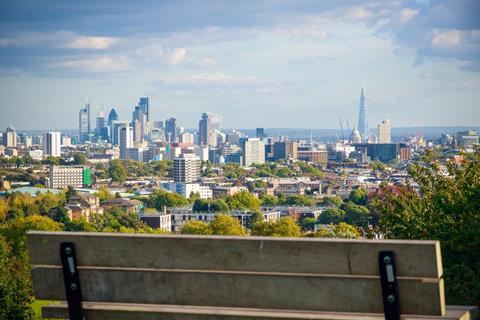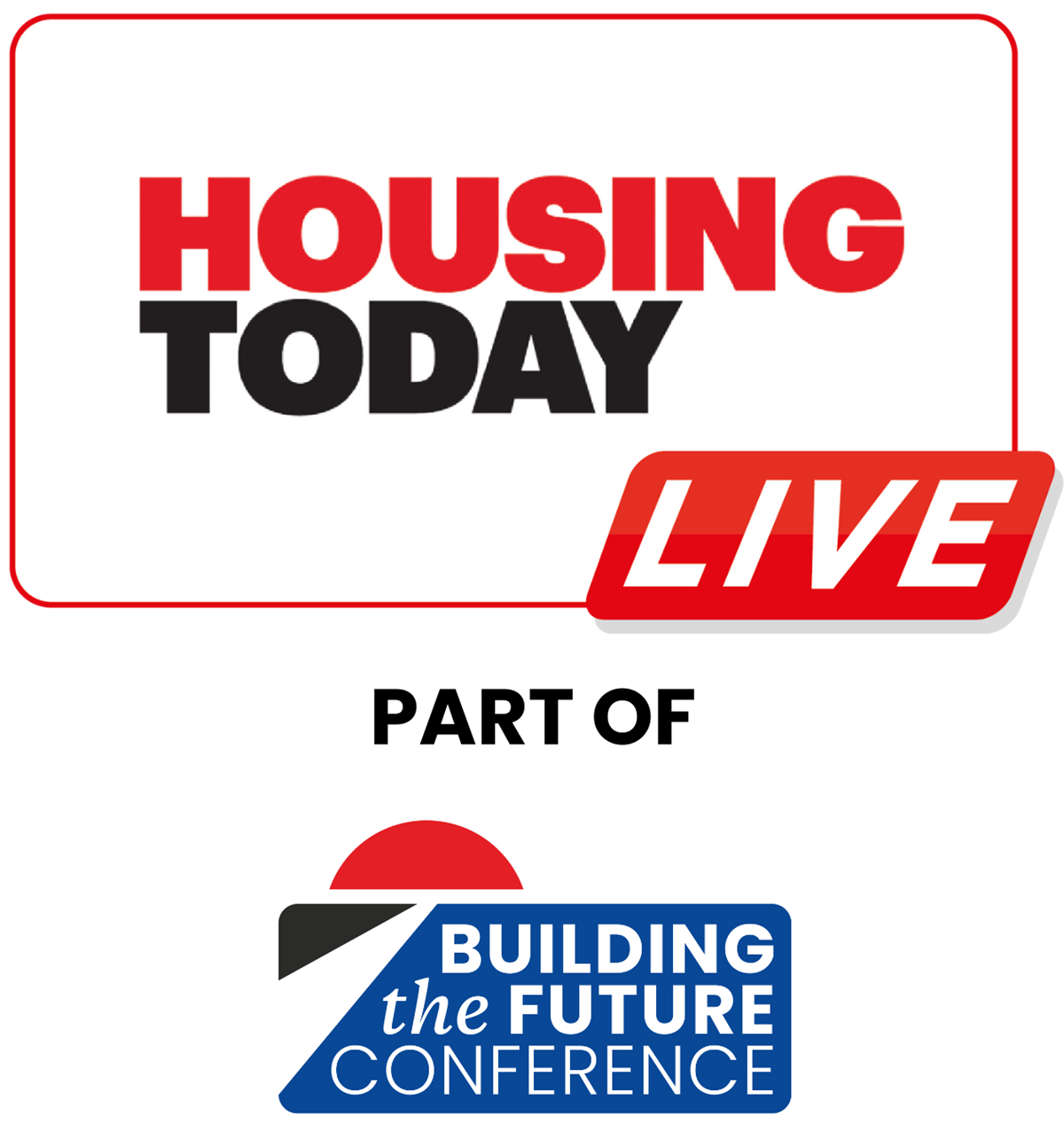Long-awaited package of support to boost housebuilding in London also includes changes to design standards, relief from levies and changes to mayoral powers, in bid to increase density of schemes and improve viability
The government and the mayor of London have announced their much-anticipated package of support to help boost the sluggish housebuilding market in the capital.

In a joint policy paper this afternoon, the two bodies confirmed developers will be able to secure planning permission without a viability assessment on private land where they commit to 20% affordable housing, down from 35% under current policy.
This new planning “route”, which will be time-limited to two years, will also enable social housing grant to be used on half of the 20% affordable housing. Previously providers have not been permitted to use grant for section 106 homes bought from private developers.
There will, however, be a “gain-share mechanism” to increase affordable delivery on sites that have not been completed by March 2030, where market conditions have improved.
The package today also includes temporary relief from paying the Community Infrastructure Levy (CIL) – a charge levied by councils on developers to pay for infrastructure.
This relief will cover 50% of the CIL charge on schemes delivering at least 20% affordable housing but will allow increases to above 50% for schemes delivering higher levels than this.
The government will consult on the proposed relief, which will be targeted on schemes that would otherwise be stalled, over a six week period from November.
The package will also contain changes to design standards in a bid to increase density, in a bid to make it easier to make schemes viable.
These include a change to “rigid application” of dual aspect requirements that can reduce the number of homes capable of being built within developments. Developers will instead be given more flexibility in how they approach the design and mix of single and dual aspect dwellings. Dwellings will still have to have adequate passive ventilation, daylight and privacy, and avoid overheating.
At-a-glance: The new housebuilding support package for London
A temporary relief from the Community Infrastructure Levy (CIL): including 50% of borough CIL relief available for qualifying schemes which commit to delivering at least 20% affordable housing in line with the new time-limited planning route, and additional relief available at higher levels of affordable housing.
The removal of elements of guidance that can constrain density, including standards relating to dual aspect and units around the core, and amendments to cycle storage requirements.
A time-limited planning route, enabling developers to secure planning permission without a viability assessment on private land where they commit to 20% affordable housing, of which half will be eligible to receive grant funding, with a gain-share mechanism to increase affordable delivery on sites that continue into the next decade where market conditions improve. This will be available until 31 March 2028 or the publication of the London Plan, whichever is sooner.
New powers for the Mayor of London to review and call-in applications of schemes of over 50 homes where a borough is minded to refuse, and to call-in development proposed on the Green Belt and Metropolitan Open Land, with the intention of supporting additional delivery – as well as powers to streamline the Mayor’s decision making on called in applications, and to make Mayoral Development Orders for strategic schemes without the need for borough consent.
Funding to establish a City Hall Developer Investment Fund – with an initial allocation of £322m.
Source: Homes for London policy paper, published by the governement and the Mayor of London
There will also be a loosening of guidance intended to limit the number of dwellings per “core” – a single staircase or elevator shaft. The paper said restrictive application of current rules has constrained the ability of developers to add extra homes into the developments. It is also withdrawing guidance relating to the amount of cycle parking in residential developments.
>> Also read: Will the expected London housebuilding package rescue the stalled development industry?
The mayor will receive new powers to review and call-in applications of schemes of more than 50 homes where a borough is minded to refuse a scheme. The mayor would also be given the ability to call-in development of a building of 1,000 sqm or more on green belt and metropolitan open land.
The government will consult on the change to CIL and new call-in powers for six weeks from November, while City Hall will run consultations over the same period on the changes to affordable housing requirements and design standards changes.
The paper was published in response to mounting concern about a slowdown in development activity in London. Greater London Authority (GLA) figures suggest that work on just 3,447 homes began in the first half of the current financial year. This compares to 27,210 starts for the full year in 2024/25 – itself already a 15-year low
Steve Reed, housing secretary said: “Getting spades in the ground in London is crucial if we want to see the biggest increase in social and affordable housing and meet our target of delivering 1.5 million homes in our Plan for Change.
“I have worked closely with the Mayor of London to give the capital the shot-in-the-arm it needs to ensure more Londoners have an affordable home of their own.”
Sadiq Khan, mayor of London, said:” Urgent action is required, which is why I’ve been working with the government on this package of bold measures. I grew up in a council house, so I know the importance of social and affordable homes. I’m not willing to stand by while the supply of affordable housing for Londoners dries up.”











1 Readers' comment